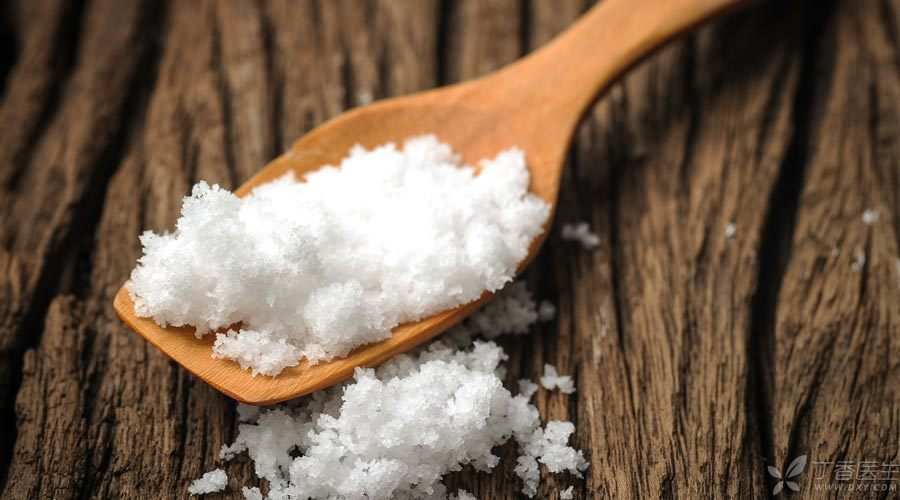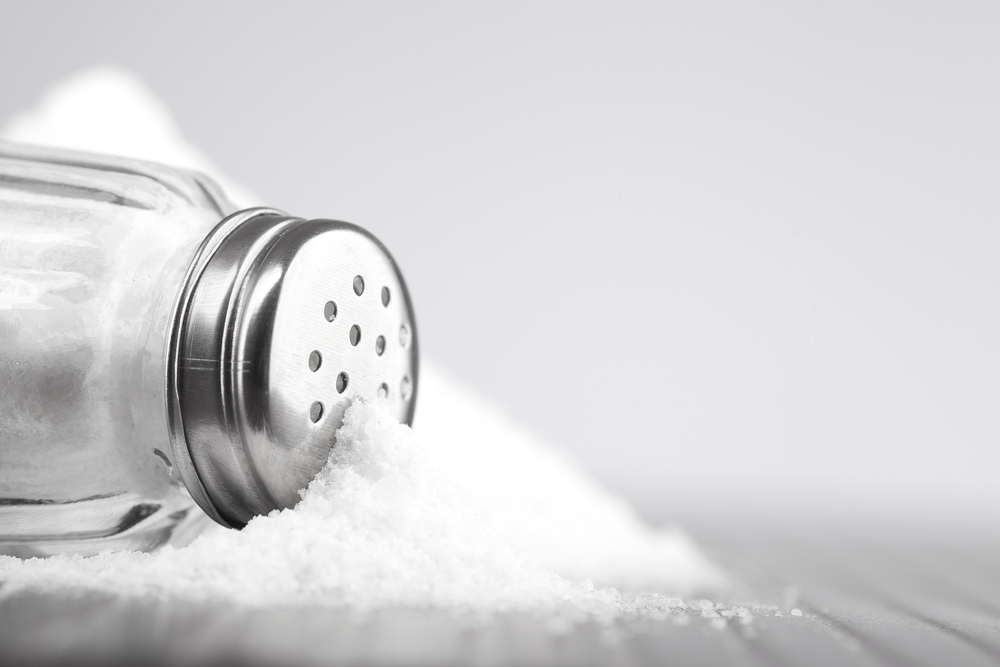
Edible salt, if according to national standards, is only divided into refined salt, crushed washing salt, sun salt, low sodium salt, etc. However, the merchants are not stupid. The names of various salts sold on the market are multifarious: iodized salt, low sodium salt, baked salt, pickled salt, cold salt, bamboo salt, mushroom salt, calcium salt, zinc salt, selenium salt… Completely dizzy.
The most important point to remember first: high sodium intake (> 2g/day, equivalent to 5g of salt per day) and insufficient potassium intake (less than 3.5 g/day) are easy to lead to hypertension and increase the risk of heart disease and stroke!
This is what the World Health Organization said, and the Dietary Guidelines for Chinese Residents also suggest that the daily intake of salt per capita should be below 6g.
Then look at it again, do different salts have what characteristics? Which salt should I buy better?
Iodized salt
In general, the salt we buy is usually iodized. China requires the coverage rate of qualified iodized salt to be above 90%. Not only in China, but also in many countries in the world, salt iodization is used to ensure iodine intake and prevent iodine deficiency diseases.
According to the national standard of “iodine content in edible salt” in our country, one gram of salt contains 20 micrograms, 25 micrograms and 30 micrograms of iodine in three levels, which will vary from province to city. According to the recommended amount of iodine intake of 120 micrograms per day, controlling 4 ~ 6 grams of salt per day can ensure iodine supplement.
Suitable: Most residents located in iodine-deficient areas basically cover the whole country.
Not suitable: A small number of patients with hyperthyroidism, thyroiditis and autoimmune thyroid diseases may not eat iodized salt or eat less iodized salt due to medical advice.
Non-iodized salt
For people who are not suitable for iodized salt, it is recommended to choose non-iodized salt.
Because it is difficult to buy non-iodized salt, some people will try to remove iodine from iodized salt and make their own non-iodized salt. For example:
Iodine is volatile, so it is really impossible to buy salt without iodization. You can dry the iodized salt for a while before eating it.
Salt is added early when cooking, and iodine volatilizes after stewing.
Stir-fry iodized salt in a pan and heat it to volatilize iodine.
These methods are not all groundless. The method of stir-frying is indeed preferable.
Because the iodine used in the production of iodized salt is potassium iodate. Although it is more stable than the potassium iodide used in the past (before the 1990s) and is not easy to volatilize or be destroyed naturally, potassium iodate can be removed by high temperature treatment.
Low sodium salt
低钠盐被谣传成了[送命盐], 着实火了一把!
The so-called low sodium salt is based on iodized salt or non-iodized salt, added potassium chloride (some also added a small amount of magnesium chloride), according to the national standard containing 10-35% potassium chloride. Eating low sodium salt, under the condition of ensuring the same amount of salt used, can reduce the intake of sodium to a certain extent. However, it should be noted that the taste of low sodium salt is lighter and many people do not like it.
Suitable: People who need to control sodium intake, such as most people with high blood pressure and patients with chronic diseases.
Not suitable: The product label of low sodium salt should indicate the content of potassium, and should clearly indicate: people who are not suitable for high potassium intake, such as high temperature workers, workers with heavy physical labor intensity, people with renal dysfunction, and hypertension patients taking antihypertensive drugs, should be cautious.
Adding calcium salt, zinc salt, selenium salt, etc.
These are salts with their own [nutrition] gimmicks. Calcium, zinc and selenium are all important mineral nutrients, but the limit of 6 grams of salt per day is there, and there is not much to supplement. Fortunately, the price of this kind of salt is not particularly expensive. It is understandable to buy it as ordinary salt and eat it. I don’t expect more nutrition.
Suitable: Only salt is used as salt, and there is no other luxury in nutrition.
Not suitable: refer to iodized salt. A small number of patients with hyperthyroidism, thyroiditis and autoimmune thyroid diseases may not eat iodized salt or eat less iodized salt due to medical advice.

Roast salt, pickled salt, cold salt, etc.
They can be classified as special cooking salt. Essentially, they are only iodized salt.
However, their differences in appearance and texture will be obvious. For example, pickled salt is large granular salt, also known as crude salt, which conforms to traditional pickling habits. However, the salt grains used for cold mixing are finer and easier to dissolve in vegetable juice.
Suitable for: people who have specific cooking needs and pursue quality of life.
Not suitable: refer to iodized salt. A small number of patients with hyperthyroidism, thyroiditis and autoimmune thyroid diseases may not eat iodized salt or eat less iodized salt due to medical advice.
Bamboo salt, mushroom salt, etc
They can be classified as flavor salts.
Bamboo salt is made by putting natural sea salt into fresh bamboo and baking it at high temperature for many times. Mushroom salt, Refined non-iodized salt is used as the main raw material and then compound seasoning is added. Bamboo salt has an advantage that it contains fungus components and sodium glutamate to provide delicate flavor, and at the same time, it also partially replaces sodium chloride and also plays a role in reducing sodium. The price of mushroom salt is generally slightly higher.
Suitable: people who want to add some extra flavor to the dishes and pursue the quality of life.
Not suitable: refer to iodized salt. A small number of patients with hyperthyroidism, thyroiditis and autoimmune thyroid diseases may not eat iodized salt or eat less iodized salt due to medical advice.
